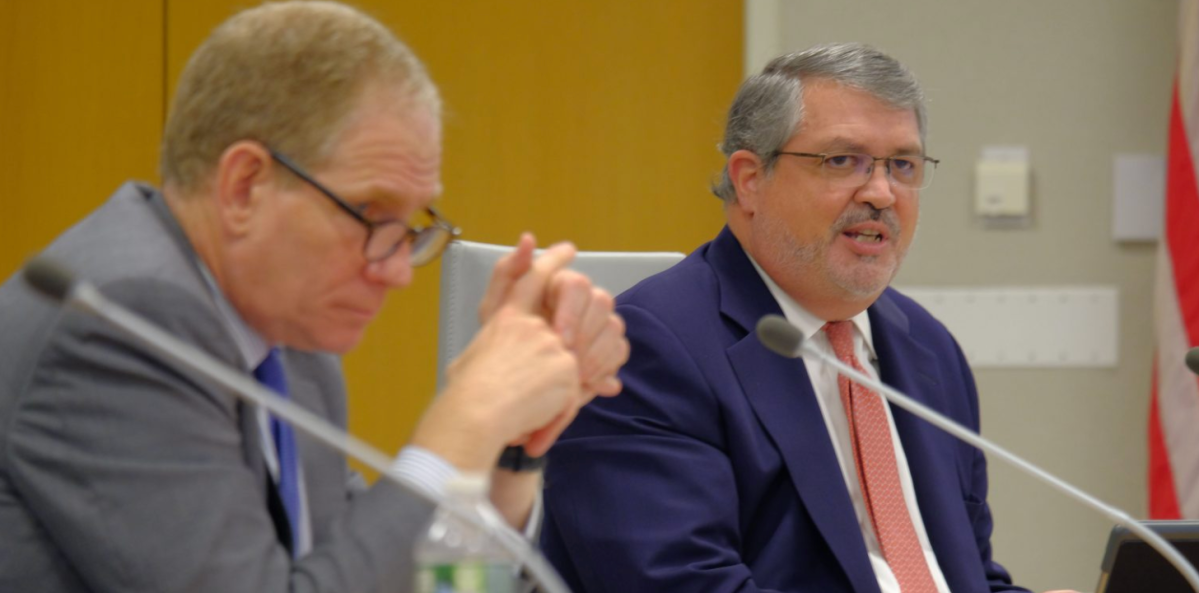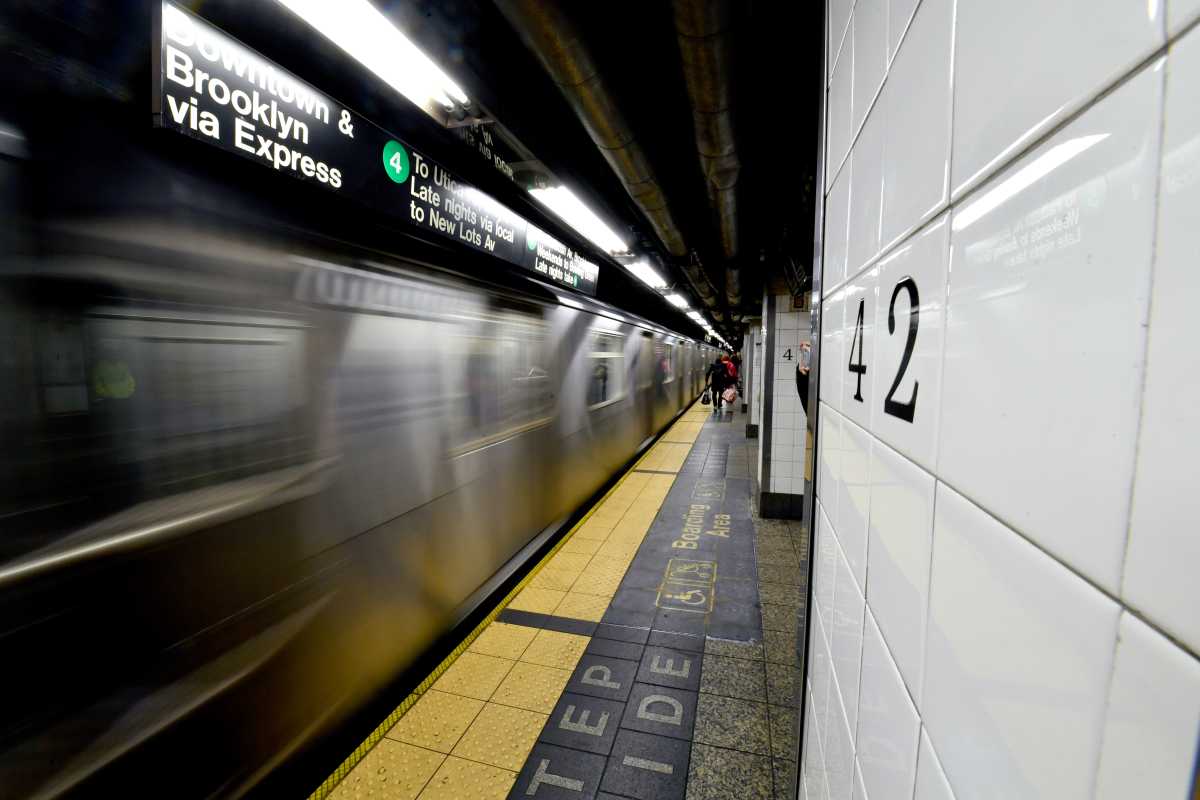A massive tidal wave of red ink from ridership and financial losses during the COVID-19 pandemic threatens to swallow the MTA whole, officials indicated at the authority’s board meeting Wednesday.
The July 22 session proved to be a grim reinforcement of similar messages posed at the MTA board’s June meeting, in which they announced a long-term deficit of $10 billion. And yet, the worst isn’t over.
COVID-19 continues to bite into their finances as the projected deficit increased from $10 billion last month to $16.2 billion through 2024, and the MTA’s Chief Financial Officer Bob Foran outlined the need for extreme cutbacks in cost mainly through decreased service. Foran expects there to be a $3 billion loss this year alone.
Perhaps the harshest reality for MTA’s customers may be a fare increase above the 4% biennial rate, already planned, just to support the agency’s most basic operations. Farebox revenue losses for 2020 are projected to stand at $4.2 billion, while the direct COVID-19 expenses could be around $500 million.
“None of these are attractive, none of these are things that we want to do, but they are decisions that may need to be made if federal funding isn’t provided,” Foran said.
Foran says the $3.9 billion requested from the federal government in the form of a stimulus would help them balance the books for 2020, it may not help them steer around a $5 billion deficit for 2021, however. Overtime spending, consulting contract reductions and non-personnel expense reductions are already planned, but along with the fare increase more could be voted on in December. A reduced or a delayed capital program, delay in pension contributions, a wage freeze, reductions in force, service reductions and long-term deficit financing are all options for the MTA to survive.
According to MTA Chairman Pat Foye, while ridership grows during New York’s rebound from the worst of the COVID-19 pandemic – so far – it is not fast enough. About 997,000 customers, roughly 19% of where it stood last year. Around $300 million is spent operating the system on a weekly basis making for a $200 million loss every month.
“We are in the midst of once in 100-year fiscal tsunami which has left our infrastructure intact, but demolished 44% of our revenues,” Foye said. “The pandemic has changed our financial trajectory from growth and investment, to one of simply survival.”
Back in June, Foye had compared the MTA’s fiscal woes to a “four-alarm fire.”
The savings identified by the MTA so far only amount to $5.13 billion though 2024.
In short, the current fiscal crisis makes that of the 1970s and 1980s look much more mild, according to Foye.
Chief Development Officer Janno Lieber says the $51 billion capital plan is in a freeze, there will be the acceleration on rehabilitation of the Rutgers Tube under the East River which carries the F train.
This story originally appeared on amny.com.

































